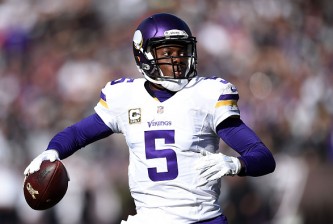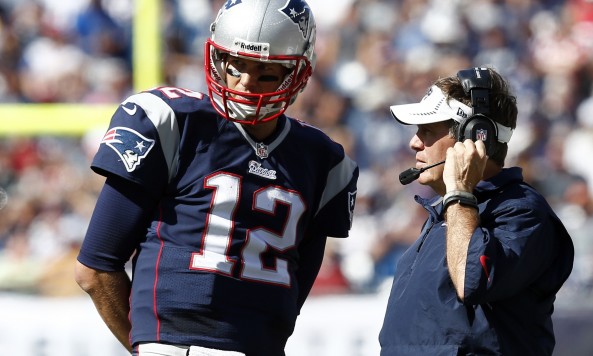Too often, analysis of the NFL boils down to one or two extraordinary people lifting their team above the rest. We often think of how Tom Brady or Peyton Manning keep their teams in the playoffs year after year or of how the pairing of Sean Payton and Drew Brees made the New Orleans Saints a relevant team in the NFL.
I don’t mean to discount the impact of individual contributions at the professional level, but there’s more to the equation than a list of elite players and coaches. Systemic organization and stability are the easiest ways for a team to not only guarantee winning now but winning in the future as well.
When we consider teams that are perpetually stuck in the bottom tiers of the NFL, we think of the Bills, Raiders, Browns and possibly even the Cowboys (admittedly Dallas is stuck in the level of mediocrity, not at the bottom of the league). These long-term losers have one glaring factor in common – little to no enduring stability.
The Bills, Raiders, Browns and Cowboys, among others, all burn through head coaches at an alarming rate. The cycle usually looks something like this. A new head coach is hired promising hard work and a long road to success. After a couple of seasons floundering under the dead weight of a past regime, that head coach, and sometimes the general manager, is fired and replaced with a new head coach.
In a losing organization, there’s little room for patience, and a “win now” mentality is usually taken by the regime in power. In some cases, a GM, head coach pairing starts with promises of building through the draft, but after a couple of subpar seasons, the pressure usually pushes the regime into compromising the future of the team to help build a winning squad now.
All of this is in stark contrast to teams that have historically remained at or near the top of the league.
The Pittsburgh Steelers may be the greatest model of stability in the league. In 1969, Pittsburgh hired Chuck Noll. The team hasn’t dismissed a head coach since that point, going 45 years with only three head coaches. Sure, there may have been a little bit of luck in the team’s ability to find the right men for the job, but they also knew when to stick with their coach in tough times. During the 80’s, Noll’s Steelers were led to just one winning season from 1985 through 1988. Some teams may have though that Noll had lost his touch, but Pittsburgh stuck with him.
Unlike evaluating individual players, the technique behind developing a stable football organization isn’t rocket science. Owners have to find the right football people to lead their teams and step back, letting the people they’ve put in charge do their jobs with as little interference from ownership as possible. There’s a reason the Patriots have been in contention for a Super Bowl every year for over a decade. Robert Kraft knows that he has the right people in place, and he lets them do their jobs.
So as we get closer and closer to the draft, we’ll be analyzing each draft pick and how that player will impact his team. As you read those analyses, keep this in mind. A stable organization allows players to work and grow with the best football people in the world. There’s a reason the best teams rarely pick busts, and part of that is simply because players are given better conditions for success with teams like the Patriots, Saints or Packers. It’s those conditions that often allow the rich to get richer and the poor to fall farther behind.























